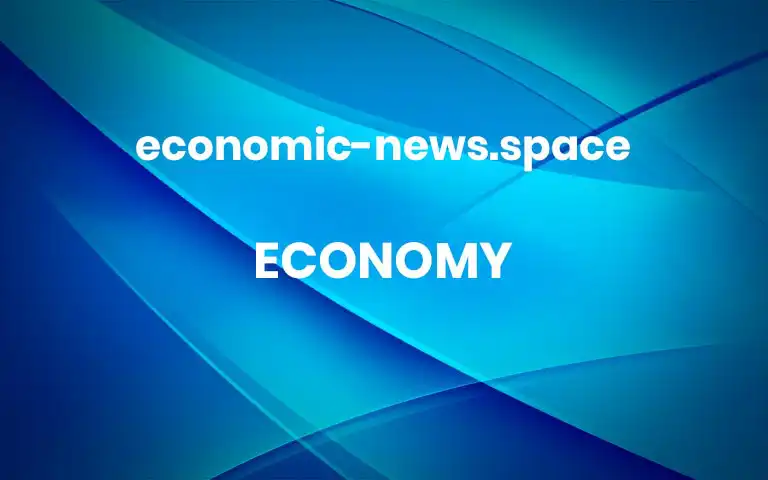
Powell Warns Trump’s Tariffs Risk Stoking Even Higher Inflation and Slower Growth
Jerome H. Powell, the chair of the Federal Reserve, warned that President Trump’s tariffs risk stoking even higher inflation and slower growth than initially expected, as he struck a more downbeat tone about the outlook, despite the economy so far remaining in a “good place.”“While uncertainty remains elevated, it is now becoming clear that the tariff increases will be significantly larger than expected,” he said. “The same is likely to be true of the economic effects, which will include higher inflation and slower growth.”Mr. Powell characterized the risks of that outcome, which he warned could include higher unemployment, as “elevated.”“While tariffs are highly likely to generate at least a temporary rise in inflation, it is also possible that the effects could be more persistent,” he said in a speech at a conference in Arlington, Va., on Friday.“Avoiding that outcome would depend on keeping longer-term inflation expectations well anchored, on the size of the effects, and on how long it takes for them to pass through fully to prices,” he said. Higher inflation stemming from tariffs could show up “in the coming quarters,” he said.Mr. Powell added that the Fed’s “obligation” was to ensure that a “one-time increase in the price level does not become an ongoing inflation problem.”We are having trouble retrieving the article content.Please enable JavaScript in your browser settings.Thank you for your patience while we verify access. If you are in Reader mode please exit and log into your Times account, or subscribe for all of The Times.Thank you for your patience while we verify access.Already a subscriber? Log in.Want all of The Times? Subscribe. More



